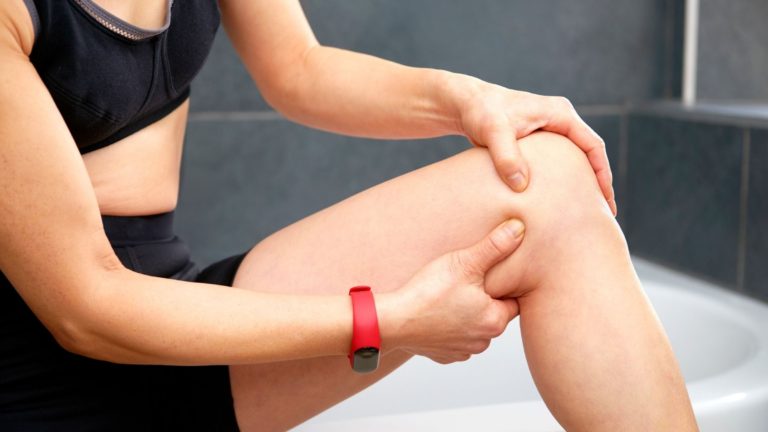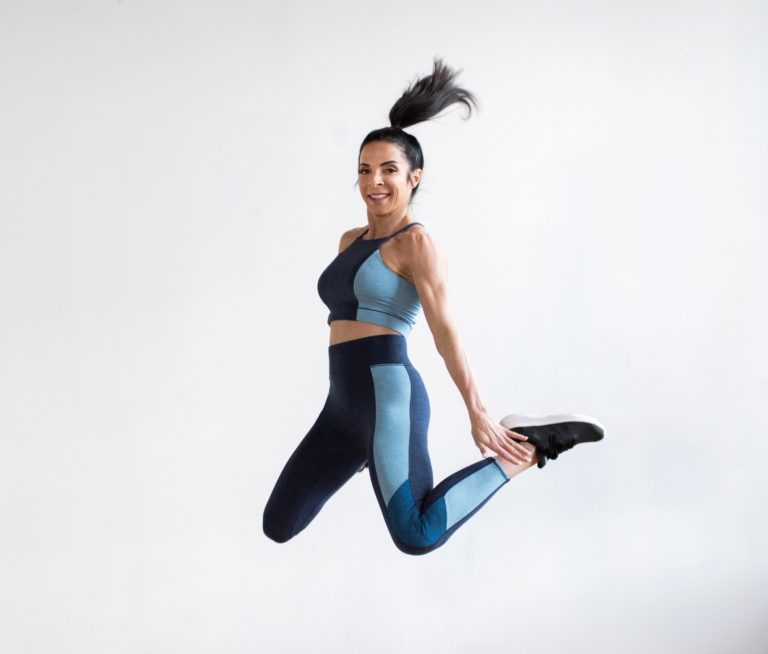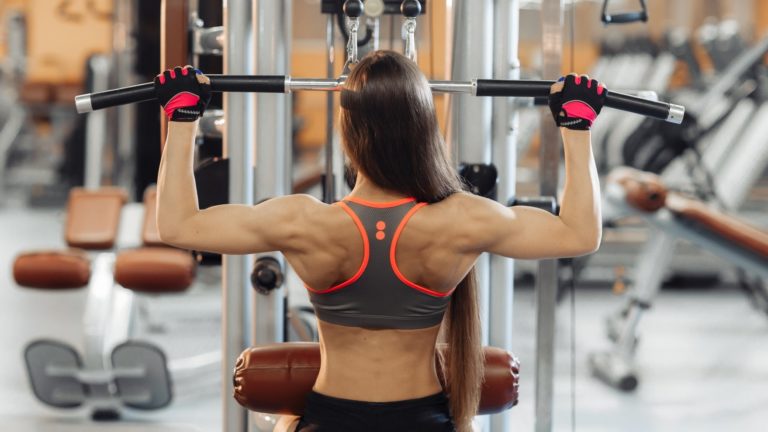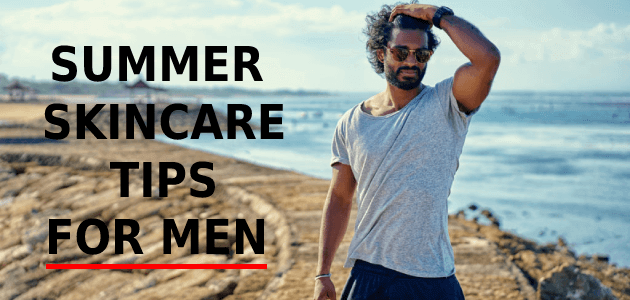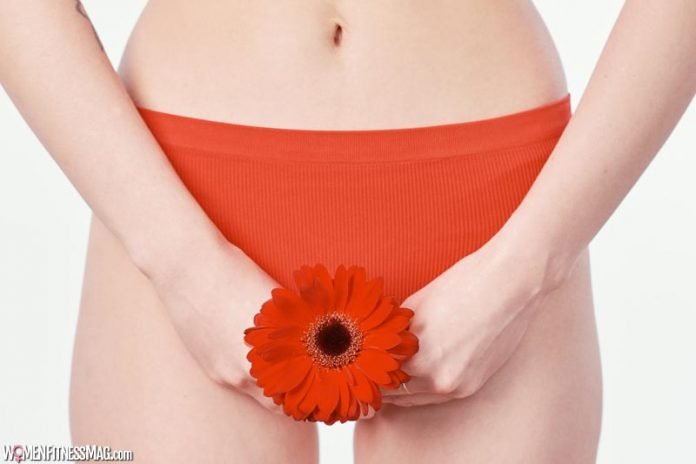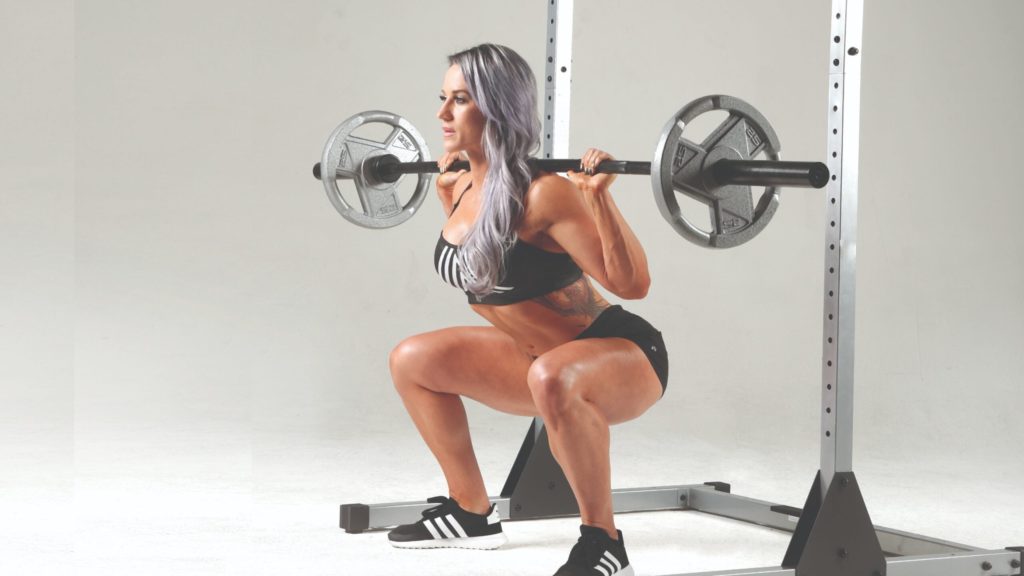
The Results in 1-2-3 Leg Workout
Does your training feel a little “out of order” lately? As if it has broken down and stopped delivering you the results you’ve paid dearly for with your time, sweat and effort?
We have a potential fix, and it involves something you may not have considered before: That is, taking the “out of order” sentiment literally and changing up the actual sequence of exercises you do. It may sound odd — Why would the same exercises simply done in a different order fix anything? — but hear us out.
By arranging the workout so that you tackle your hardest barbell movements upfront when your body is freshest, followed by dumbbell exercises that involve lighter weights to isolate individual muscles (or parts of a muscle), and then finish with machines where you’re locked into a range of motion and can push to failure without having to worry about those tired stabilizers, you can maximize your performance across the board.
The following routine, designed by Ben Walker, personal trainer and owner of Anywhere Fitness in Dublin, takes that concept and applies it to legs. You’ll start with two of the most effective barbell exercises ever devised, the squat and deadlift. Next, you’ll isolate each lower limb with dumbbell step-ups and curtsy squats. Finally, you’ll strive for failure on the seated leg press and leg extension.
All told, it should help you remove that “out of order” sign from your lower-body routine faster than you can say “1-2-3.”
The Results in 1-2-3 Leg Workout
Rest one minute between sets.
| Equipment | Exercise | Sets | Reps |
| Barbell | Squat | 3 | 8-12 |
| Barbell | Deadlift | 3 | 8-12 |
| Dumbbells | Step-Up | 3 | 15-20 (per leg) |
| Dumbbells | Curtsy Squat | 3 | 20-24 |
| Machine | Leg Press | 3 | 12-15 |
| Machine | Leg Extension | 3 | 12-15 |
Exercise How-tos
Squat
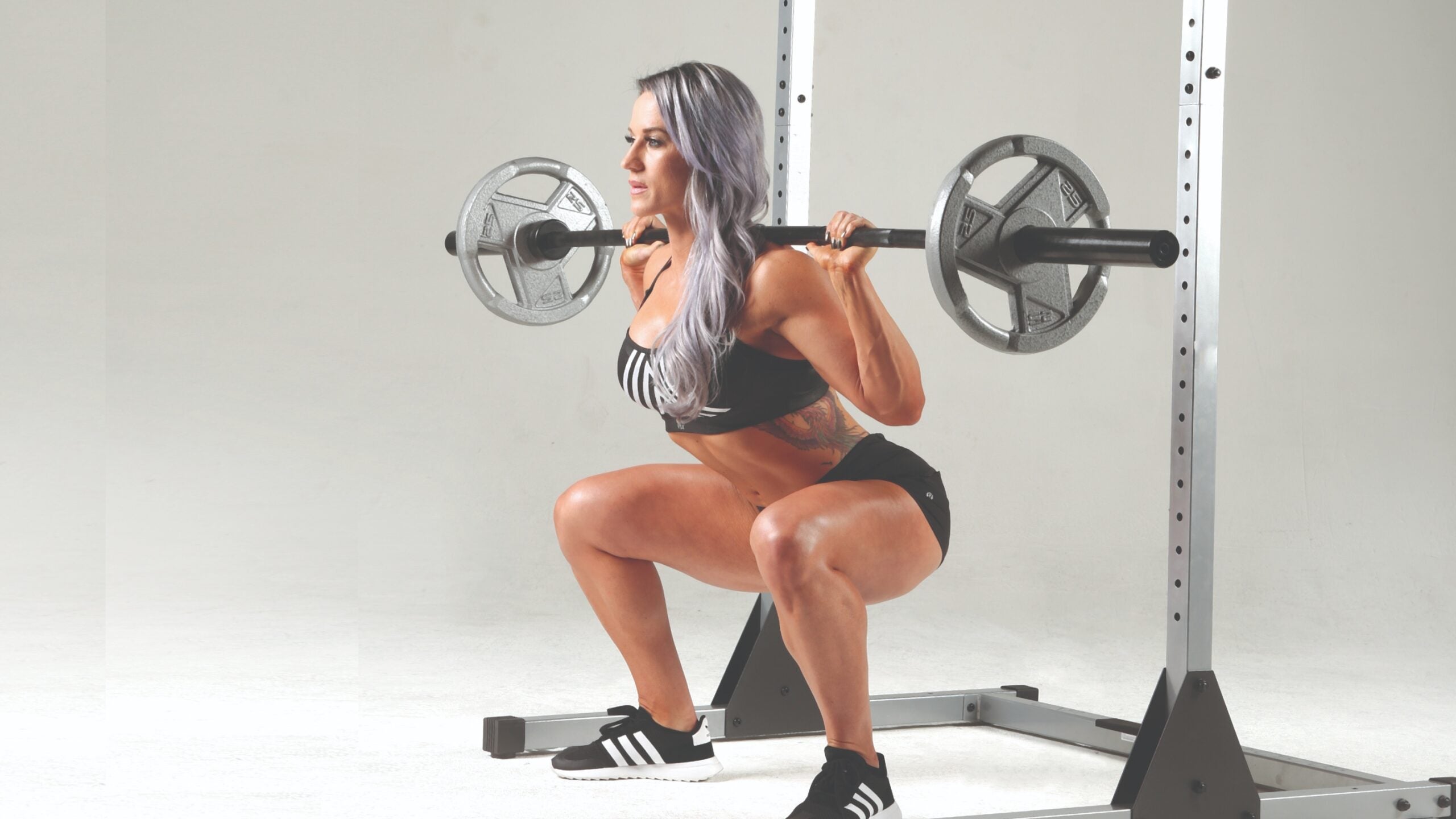
In a power rack, stand with your feet about shoulder-width apart holding a bar across your upper back. Your knees should be slightly bent and your toes turned out a few degrees. Keeping your head in a neutral position, abs tight and torso upright, bend at the knees and hips to slowly lower your body as if you were going to sit down in a chair. Go as deep as you can handle, ideally to a point at which your thighs reach a point at or below parallel to the floor while maintaining your natural lower-back arch, then forcefully drive through your heels, extending at your hips and knees until you arrive at the standing position.
Walker’s Why: “In addition to its main targets — your quadriceps, hamstrings and glutes — you’ll also activate the core, lats, rear delts and hip flexors. This synergistic muscle action maximizes the goals of building muscle and strength, increases your range of motion and improves your lower-body flexibility.”
Deadlift
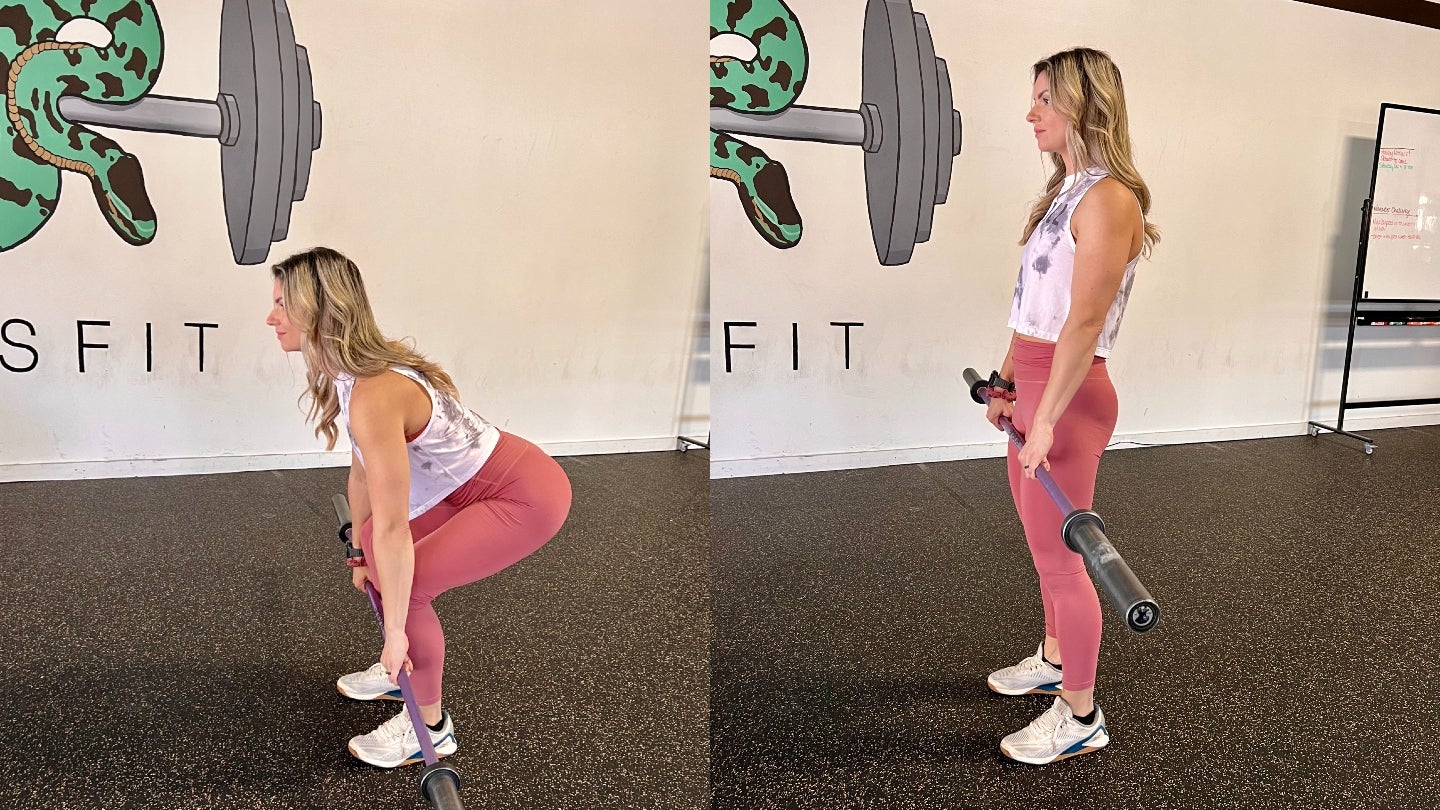
With your toes beneath the barbell, squat down and grasp it with a slightly wider than shoulder-width grip, allowing the bar to rest flush against your shins. With your chest up and back flat, drive the weight through your heels to lift the bar from the floor, extending your hips and knees until you’re standing. Be sure to keep your arms straight throughout as you drag the bar up your shins and thighs. Lower the bar downward along the same path until it touches the floor, letting it settle for a brief moment before starting the next rep.
Walker’s Why: “Deadlifts are one of the most effective exercises for enhancing hip extension, primarily targeting muscles in the posterior chain with an emphasis on the hamstrings and gluteus maximus. It also strengthens your lower back by engaging the erector spinae as a stabilizing force.”
Step-Up
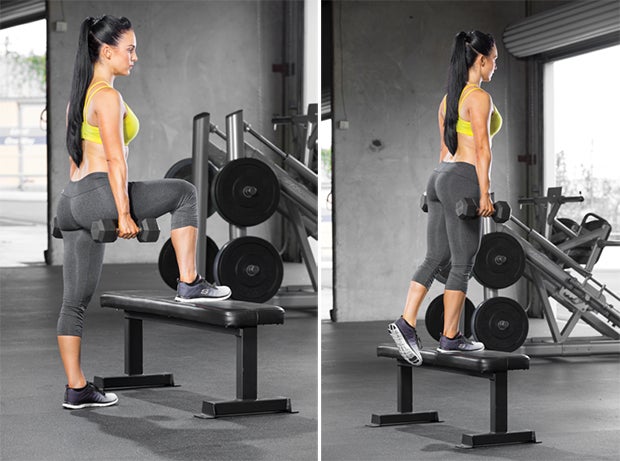
Hold a dumbbell in each hand in front of a knee-to-hip-high step, bench or platform. Starting with your feet in a comfortable shoulder-width stance, step forward with one leg onto the step so that knee is at a 90-degree angle. To initiate the movement, engage your thighs as you drive through that planted heel to propel your body upward. Bring the trailing leg up, but don’t let it touch down onto the platform as the knee of your planted leg reaches a straight (but never locked out) position. Hold that balanced position at the top for a one-count, then lower your free leg back to the floor. Repeat for 15 to 20 reps with one leg, then switch legs to complete the set.
Walker’s Why: “Adding unilateral exercises to your program targets muscular imbalances from one side of your body to the other, helps hone your proprioception and develops core stability. On one leg, the larger muscle groups in the lower body — the quads, hamstrings, glutes and calves — are forced to work harder to support your bodyweight than when doing both legs. This generates a lot more power in the leg performing the lift, meaning you burn a lot more calories and gain more functional strength.”
Curtsy Squat

Assume a hip-width stance, holding a dumbbell in each hand, arms straight and at your sides. Take a large step back with your right leg as you cross it behind your left leg. As you descend, bend your front (left) knee and lower yourself until your left thigh is nearly parallel to the floor. Next, drive your bodyweight through the heel of your front (left) foot as you return to the starting position. Repeat with the opposite foot, and continue alternating until you finish 10 to 12 reps total with each leg. Throughout the movement, keep your core engaged and your torso upright, with your hips and shoulders square.
Walker’s Why: “This is another great variation of the squat exercise for targeting the inner and outer thighs. It also activates the main parts of the glutes in a unique way: The gluteus medius is important for maintaining balance and muscular stability, while the gluteus minimus — also known as your hip abductors — is essential for moving your legs toward your body.”
Leg Press
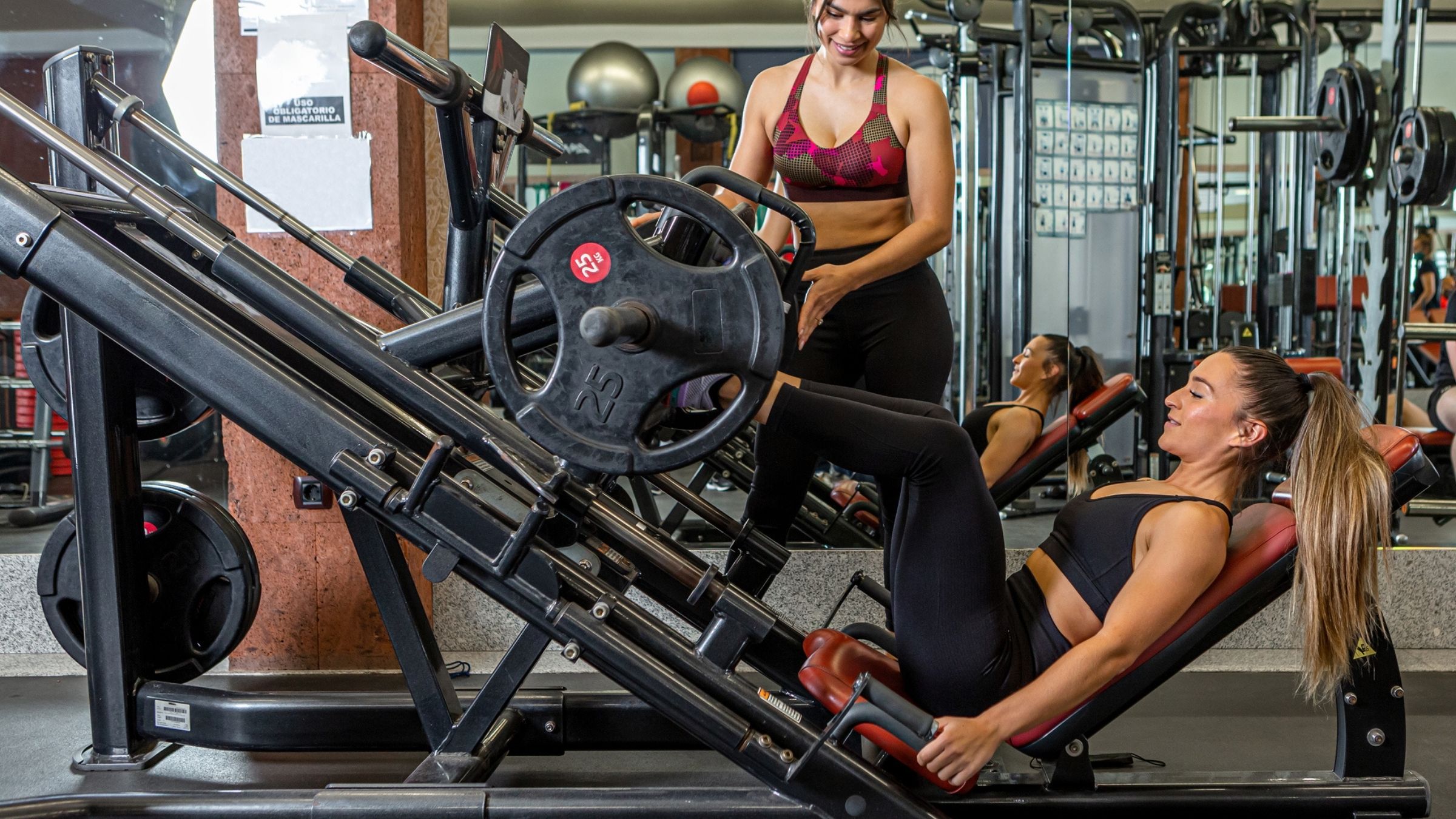
Sit squarely in the leg-press machine and place your feet on the sled, shoulder-width apart. Keeping your chest up and lower back pressed into the pad, carefully unlatch the sled from the safeties. Bend your knees to lower the platform, stopping before your glutes lift off the pad. Hold that for a brief count, then extend your knees to press the weight up, stopping just short of locking out.
Walker’s Why: “The seated leg press is an easy-to-use machine. Sitting in a declined position with your back, head and hips supported allows you to amplify the power you use to drive through your glutes, hamstrings, quads and calves. It’s very suitable for both beginners and seasoned athletes.”
Leg Extension
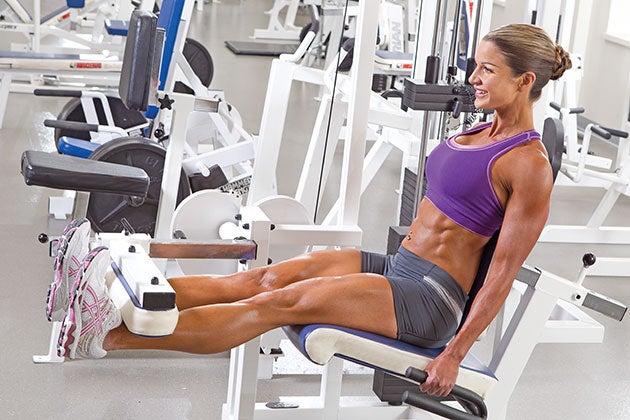
Adjust the seat for your body frame, then sit squarely in the machine, hooking your feet under the padded bar. Keep your head straight and hold the handles for stability. With your feet pointed forward, extend your knees, squeeze your quads hard at the top, then slowly lower the weight until just short of the weight stack touching before launching into the next rep.
Walker’s Why: “With your back and hips in a supported position, it provides relative safety, especially as you fatigue near the end of a leg workout. It mainly targets the quadriceps on the front of the thigh but also helps strengthen the muscles surrounding the patellar ligament, which protects the knee joint during many lower-body movements.”
Published at Mon, 16 May 2022 13:18:24 -0700
